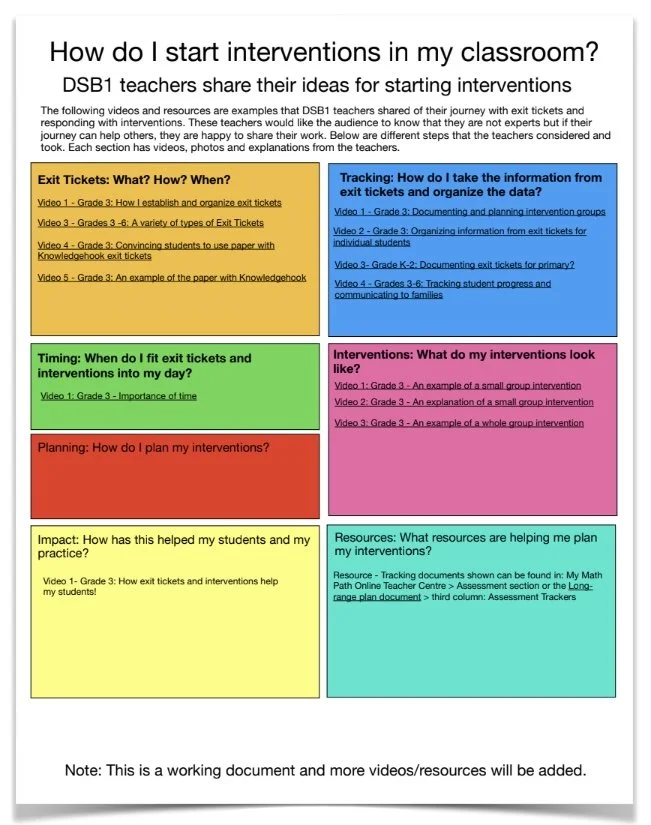Instructional Strategies
Effective math instruction requires strategic, high-impact teaching practices and knowing when to use them and how to combine them to support learning goals.
This resource presents research-backed approaches proven to enhance math education in both elementary and secondary settings
Concrete-Pictorial-Abstract (CPA) Strategy
Builds Strong Foundations: Using tangible objects (concrete) helps students grasp concepts physically before transitioning to visual representations (pictorial) and symbolic notation (abstract).
Enhances Understanding: This progression allows learners to develop a deeper conceptual understanding, making mathematical ideas more accessible and less intimidating.
Supports All Learners: CPA accommodates different learning styles, ensuring students of varying abilities can engage with and master mathematical concepts effectively.
This approach fosters confidence and long-term retention in math learning.
Click below to learn more about various visual respresentations to support the CPA approach.
Math Conversations
Math conversations provide learners with opportunities to slow down and engage in meaningful math talk.
Learners build understanding by listening and responding to the ideas and thinking of others.
Math conversations can appear as short daily routines to support mental math, visualization strategies and problem-solving skills.
The following resources highlight strategies that can be incorporated into math lessons and routines to support math conversations.
Data Talks: Slow Reveal Graphs
Consolidation Strategies
Visualize, Verbalize, Verify
Small Group Support
This document outlines strategies for addressing unfinished learning, emphasizing a supportive and flexible approach.
Addressing Unfinished Learning
Intervention Strategies & Resources
This document has links to videos of DSB1 teachers work with interventions. It includes:
Exit Tickets: What? How? When?
Tracking: How to use data from Exit Tickets to Plan Interventions.
Timing: How to fit it in.
How to do interventions.
Deliberate Practice
Number sense and fluency develop hand-in-hand—understanding why math facts work is just as important as recalling them quickly. Click here to read more.
Home and School Fact Fluency Practice
Teaching About Problem Solving
Teaching students the process of problem solving helps make the required thinking visible.
Effective instruction goes beyond teaching students a four-step problem solving structure. Students need to “understand the problem” which involves analyzing the given information, identifying what additional knowledge or data is needed, and clarifying what the problem is asking.
Students need to learn how to represent the relationships, actions, and quantities in the problem, distinguish between known and unknown information, and recognize underlying mathematical structures.
Teaching students about problem solving involves discussing the value of productive struggle, learning from mistakes, and developing adaptive reasoning skills.
This routine allows for students to take time to think, talk, and importantly, visualize the known information and the unknown information in the problem.
Building Thinking Classrooms
A breakdown of lesson components in a Thinking Classroom
Summary of the 14 practices based on research by Dr. Liljedahl
Sketchnote created and shared by Laura Wheeler.
Deeper summary of Visibly Random Groups based on research by Dr. Liljedahl
Sketchnote created and shared by Laura Wheeler.
Deeper summary about using Vertical Non-Permanent Surfaces (VNPS) based on research by Dr. Liljedahl
Sketchnote created and shared by Laura Wheeler.
Deeper summary of the first three practices based on research by Dr. Liljedahl
Sketchnote created and shared by Aleida Klassen.
Back to:























